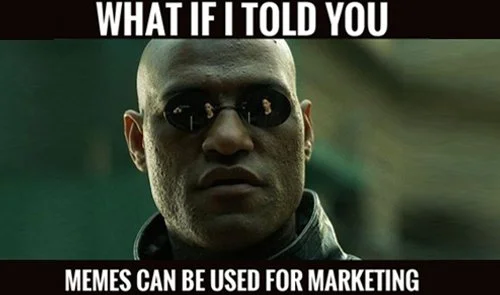Why Cybersecurity Needs Better Marketing
It’s time for cybersecurity companies to rethink their marketing by ditching the fear and the fluff and transforming their efforts to drive lasting engagement.
It often seems like cybersecurity marketing is still stuck in 2010. For far too long, organizations have relied on fear, uncertainty, and doubt, prompting their target audiences to view security as a necessary evil rather than a fundamental part of their value propositions.
Yes, we all need cutting-edge cybersecurity tools and strategies in an era of ever-increasing digitization and growing threats. But marketing shouldn’t be all about instilling fear, and neither should it revolve around 50+ page whitepapers and technical documents or publishing huge amounts of low-effort (ahem, we see you ChatGPT) content to gain as much search traffic as possible.
Does your cybersecurity marketing solve problems?
Any successful and reputable brand is obviously one that’s proud of its product and genuinely believes in it. After all, you’re hardly in a position to sell something you yourself think is rubbish – unless of course, you’re an accomplished scam artist.
But let’s digress. You might have a great product, but if you’re still using the same rinse-and-repeat cycle of boring content, you’re not likely to engage your target audience in a meaningful way.
Marketing isn’t quite the same thing as advertising – it’s humbler and far more closely tied to customer experience. It’s about long-term engagement.
Consider what makes a great content marketing strategy. No, it’s not sprawling technical documentations or AI-generated schlock published for the sole purpose of getting search clicks. It’s about crafting content that’s genuinely interesting because it’s relevant and hyper-personalized to a specific need of your target audience. It’s about solving problems by giving something away for free and, in doing so, building trust and authority.
Let’s consider some examples:
eBooks – yes, despite what we said earlier, long-form content is still an important part of B2B marketing, especially when it comes to technical topics like cybersecurity. In-depth and highly informative content can educate in a way that short-form content can’t, making it especially valuable at the bottom of the marketing funnel, as well as for nurturing existing customers by helping them get more out of your product. But that still doesn’t have to mean whitepapers dozens of pages long and filled with technical jargon. eBooks can serve as business playbooks, including a mix of visuals and how-to guides that educate your target audience and, in doing so, drive growth and traffic.
Social media marketing - let’s face it, most social marketing strategies are hopeless, characterised by their excessive use of AI-generated content and rocket emojis (which ChatGPT seems to be obsessed with). Instead, content should inspire and entertain. Don’t be afraid to inject a little humour into your posts too. Yes, cybersecurity can be fun – even if you’re not a master of the meme. Just make sure to strike a good balance that doesn’t trivialise real problems but instead adds a more playful and engaging tone for your brand. Remember, you’re marketing to people, with different levels of technical experience, so it’s important to consider your specific audience and their knowledge and experience.
Interactive content –If you’re not already using interactive content, the time to start is now. Things like interactive landing pages, social media polls, quizzes, and video memes bring scroll-stopping energy to your marketing strategy while also being genuinely useful to your target audience. For example, a quiz or assessment might help readers evaluate their current security risk posture to identify gaps in their strategy that your product is able to solve. It’s both useful and engaging – the exact opposite to boring.
Case studies – again, case studies tend to be dry and excessively promotional. But, done right, they’re marketing gold - especially for startups looking to make an impact. It’s best to think of them instead as customer success stories based on real interviews with real customers and incorporating real quotes. They don’t need to be long either. Ideally, they should center on a specific value proposition and fit on a single page, complete with eye-catching designs, highlighted quotes, bite-size insights and, where appropriate, little infographics to visualize key data points.
Cybersecurity marketing doesn’t have to be boring. By cutting out the corporate fluff, the jargon and the clichés, and replacing it with down-to-earth content that’s immediately relatable to your target audience, you’ll be well on your way to building a marketing strategy that builds trust and keeps people engaged.
Unboring is your dependable partner, taking the boring out of cybersecurity marketing with strategies and resources that pack a punch and leave a lasting impact. Contact us today to learn more!

